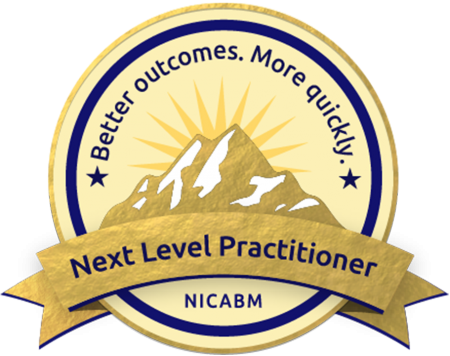❮ |
June |
Mon |
Tue |
Wed |
Thu |
Fri |
Sat |
27Two Key Steps for Working with a Client’s Self-Narrative |
28Understanding What’s Fueling a Client’s Self-Narrative |
29Helping Clients Test the Truth of Their Self-Narrative |
30How to Tell When a Client’s Self-Narrative Is Keeping Them Stuck |
31Analyzing the Origin of Self-Narratives |
June 1Strategies to Ease Destructive Self-Narratives |
3Helping Clients Shift Out of a Trauma-Based Identity |
4Uncovering the Origin of a Trauma-Related Self-Narrative |
5Working with Narratives That Become Self-Fulfilling Prophecies |
6Shifting a Self-Narrative Rooted in Trauma |
7Insights on Managing Trauma-Based Self-Narratives |
8Practical Strategies for Working with Trauma-Based Narratives |
10A 3-Step Process for Helping Clients Change Self Narratives |
11Working with Body Patterns that Can Sustain a Negative Self-Narrative |
12Warning Signs that a Healthy Self-Narrative is Becoming Negative |
13A Three-Pronged Approach to Help Clients Detach from Their Narrative |
14Understanding Patterns That Sustain a Client’s Self-Narrative |
15New Ways to Disrupt Narratives that Sustain Suffering |
17One Trouble Spot to Avoid When Working with the Self-Narrative |
18Helping Clients Separate a Diagnosis from Their Identity |
19Working with Self-Narratives Rooted in Experiences of Racism or Discrimination |
20Validating a Client’s Self-Narrative – One Important Precaution |
21Key Precautions Practitioners Can Take |
22New Precautions to Keep in Mind |
24Helping Clients Rewrite Their Story |
25A Three-Pronged Exercise to Reshape Self-Narratives |
26Distinguishing Between Self-Narratives and Reality |
27Helping to Externalize a Self-Narrative |
28Insights into Creating New Narratives |
29Strategies to Help Shift Self-Narratives |






















